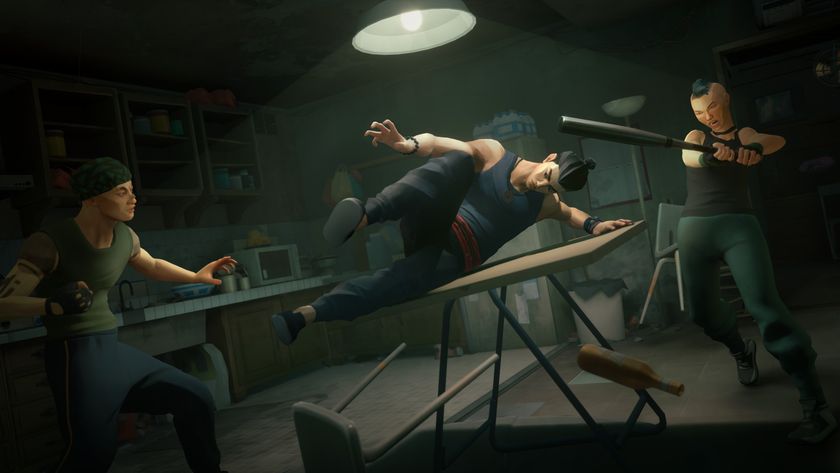Epic's Unreal Engine 5 demo showed us the PS5 vision that Sony has only told us about
Showing is always better than telling
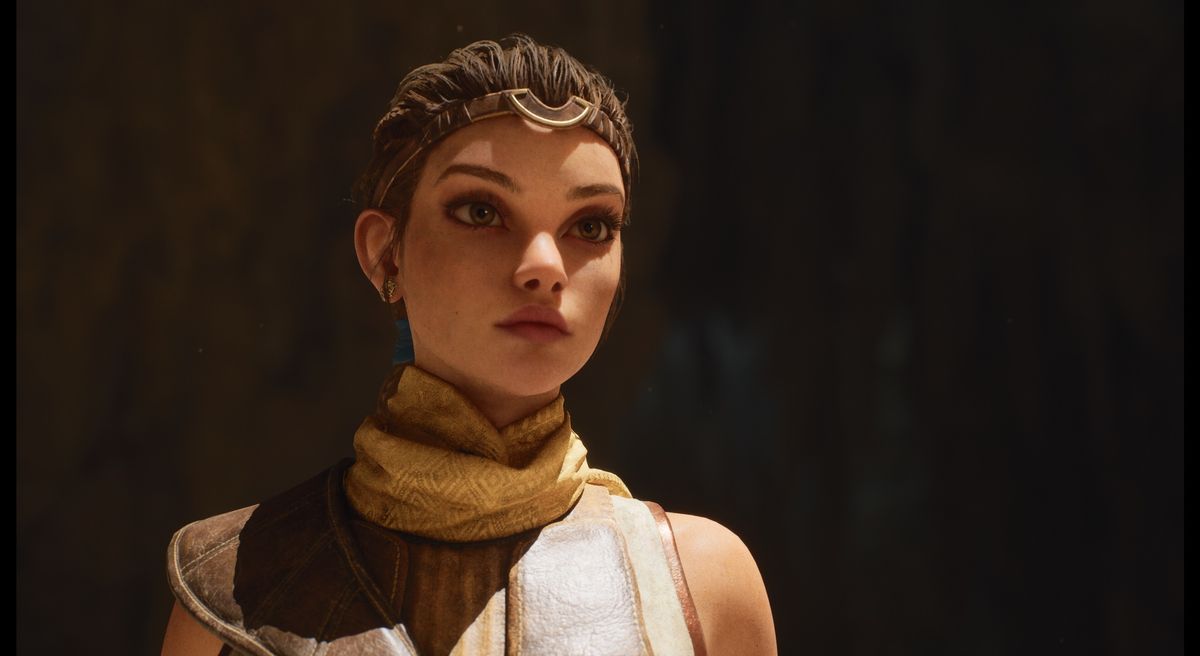
With Sony staying frustratingly, inexplicably tight-lipped on its next-gen plans, today Epic Games showed us exactly what we've all been waiting for: next-gen software running in real-time on a PS5. The company's PS5 Unreal Engine 5 demo didn't show a complete game, nor is it a perfect representation of what all upcoming PS5 games will look like - especially at launch, what with Unreal Engine 5 launching in 2021 - but it's still a playable vertical slice of next-gen splendor. It's something we can actually see, and that's one thing that Sony has yet to give us.
Epic's demo took many of the talking points from Mark Cerny's dry PS5 tech reveal and translated them into exciting, digestible features with clear implications for games. Cerny and Sony have gone to great lengths to hype up the PS5 SSD, for instance, but it wasn't until this demo that we truly saw what it means for graphics.
Simply put, the PS5's SSD technology allows games to work around memory limitations by streaming in assets in real-time as the player moves the camera. In the past, games had to keep some assets like physics objects and characters preserved in memory because hard drives couldn't unload and reload them fast enough. This meant that those assets had to be designed with memory limitations in mind, which created a hard cap on how big and complex they could be. But PS5 games can let the SSD handle asset streaming, and this enables designers to create more detailed, well, everything without worrying about pop-in or load times.

Epic's vice president of engineering, Nick Penwarden, touched on this point in a post-demo stream. "There are tens of billions of triangles in that scene, and we simply couldn't have them all in memory at once," he says, referring to a bunch of statues in the demo. "So what we ended up needing to do is streaming in triangles as the camera is moving throughout the environment. The IO capabilities of PlayStation 5 are one of the key hardware features that enable us to achieve that level of realism."
Boom, all that jargon compressed into a distinct feature with understandable graphical repercussions. We can talk about IO throughput and asset streaming all day, but seeing some really pretty and well-lit statues in a proper piece of PS5 software says so much more. And that's just one way that SSD advancements - not even graphics card improvements - will benefit next-gen graphics, which ties into the other reason that this Unreal Engine 5 demo is so valuable. By showing us what next-gen games could look like and highlighting the areas where graphics have been improved, this kind of showcase helps set graphical expectations for the next generation of consoles.
How, exactly, will graphics improve?
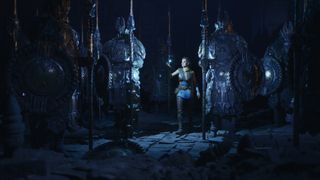
The not-quite-a-game in Epic's tech demo looks incredible, but it also looks a lot like current-gen games, and I'm not just talking about the Uncharted-style wall climbing. You could throw Lara Croft into that demo and tell me it's Tomb Raider DLC and I'd probably believe you, at least until I looked very closely. Because the devil really is in the details here. The transition to PS5 won't deliver sweeping, universal graphical upgrades, at least not on the scale of previous console generations. The graphical gap between PS4 and PS5 will be way smaller than that of PS3 and PS4. Specific areas - like lighting and load times - will make quantum leaps, but the overall visual impact of next-gen games won't increase astronomically.
As Epic CEO Tim Sweeney explained, games are already getting close to true photorealism. The new tools in Unreal Engine 5 - namely Lumen lighting and Nanite geometry - were designed to take them even further and empower visuals on par with real-world objects and movie CG. Which is amazing! Seriously, I don't want to sound dismissive here. Next-gen games are going to be stunning, no doubt about it. The level of nested detail, environmental reactivity, and layered lighting in that Unreal Engine 5 demo alone is awesome, and it will definitely make game worlds pop like never before.
Sign up to the 12DOVE Newsletter
Weekly digests, tales from the communities you love, and more

I can't wait to marvel at bright-lit steel reflected off water so crisp I want to dive right in. To see the water's surface ripple with the impact of individual stones which tumble realistically down a nearby slope of cascading emerald grass that glistens in the sunlight - which, naturally, comes in at just the right angle based on a dynamic day-night cycle. To see the grass sway in the shadow of a cloud overhead as a gentle breeze carries refractive particles of dust through the air and plays with my character's physically simulated hair. Or whatever, you get my point. But when I'm done marveling at those little details, I'll get back to the game world at large and my reaction will probably be the same one I had when I played Assassin's Creed Odyssey on ultra settings for the first time: a simple "Wow."
Again, specific graphical upgrades will be noticeable, but we shouldn't expect continental shifts on par with the jump from SD to HD. And after hearing Sony and Microsoft talk about teraflops and frame rates and resolutions for months, that's exactly what I wanted to hear. I'm in no way disappointed after seeing this demo, I'm just better informed. Epic walked up and said, "Games already look amazing, next-gen games are going to look even more amazing, and here's how."
This is the kind of concise PS5 demonstration that I really wish Sony had given us by this point, because it's so much more valuable and memorable than buzzwords and figures. Most people have already forgotten everything Mark Cerny said in March, but people are going to remember, discuss, and refer to this demo for a long time. Because in next-gen console marketing, as in storytelling, showing is always better than telling.

Austin has been a game journalist for 12 years, having freelanced for the likes of PC Gamer, Eurogamer, IGN, Sports Illustrated, and more while finishing his journalism degree. He's been with 12DOVE since 2019. They've yet to realize his position is a cover for his career-spanning Destiny column, and he's kept the ruse going with a lot of news and the occasional feature, all while playing as many roguelikes as possible.
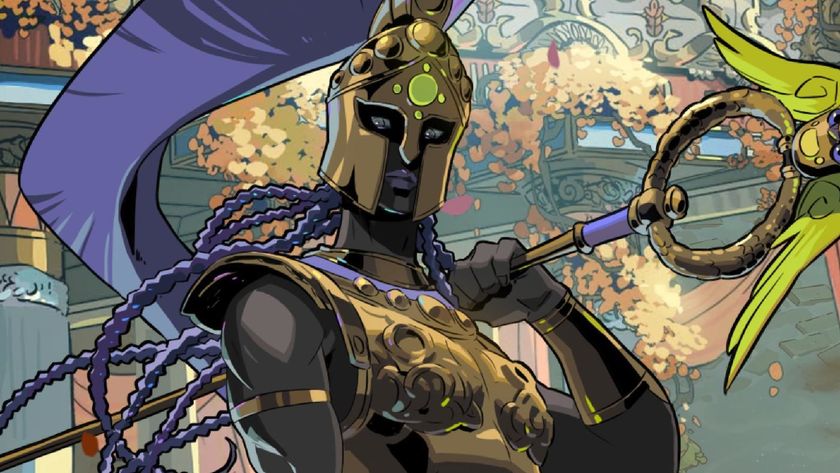
Hades 2 devs say "we have not recast any of our characters" in the roguelike amid concerns during the ongoing SAG-AFTRA video game strike
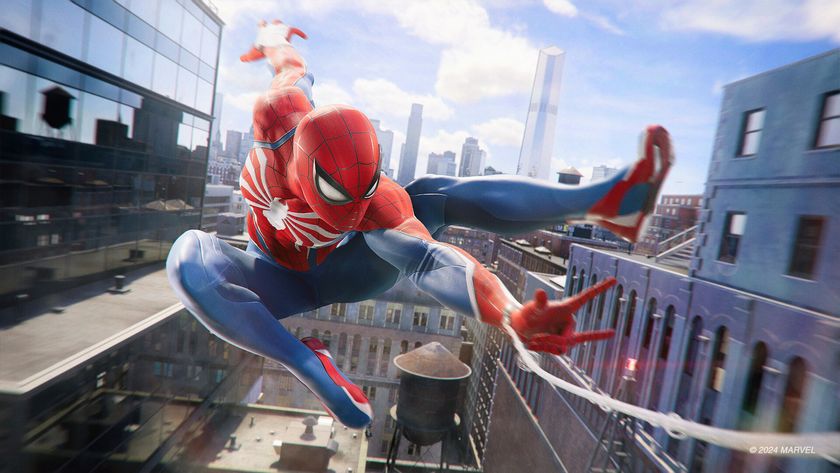
"It's almost like printing money": Former Sony exec says PC ports of PlayStation games are too valuable to ignore, and he wanted to see more first-party games come to PC
Most Popular






